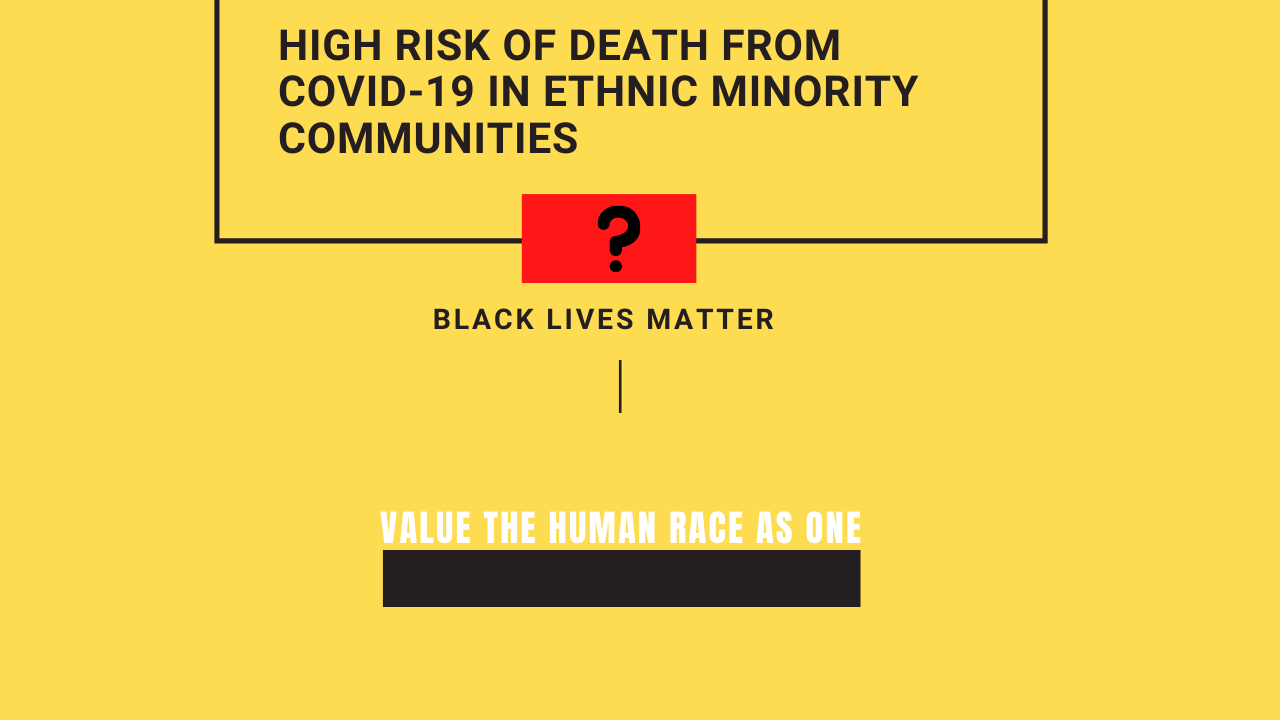Why BME are disproportionally affected by Covid-19
Combined sources of information and a research by University College London (UCL), accounting for age and regional differences, identified that the average risk of dying in hospital from Covid-19 was around two to three times higher for BAME groups in England, when compared to the general population.This is consistent with findings from the Intensive Care National Audit and Research Centre (ICNARC) data which suggests that Black ethnic groups are substantially over-represented amongst critical care patients and BAME groups in critical care are generally more likely to require ventilation and therefore more likely to die. Various analytical researches point that the main reasons behind this cold reality are:
- BAME were likely to live in overcrowded households
- Low income amongst ethnic minority groups, more likely to be in zero hours contract and non- salaried jobs
- Restricted to necessary jobs like cleaning, taxi driving which exposes them highly to risk of infection and make social distancing a myth.
- Other factors linked to environmental, occupation and wellbeing
Although the NHS rightly thinks BME(Black Minority Ethnic) staff should be risk-assessed before being placed in risky area of Covid-19, persistent issues of deep social and economic barriers remain serious factors exposing BME to many risk amongst which serious infection such as Covid-19. It will be great to see campaigns of healthcare education that emphasize cultural differences for specific groups of BME. By all means all available data and information advocate BME should follow the rules of wearing masks, ensuring access to PPE, avoiding crowded places and follow other advice from authoritative sources.
Source:
Feel free to share or contribute to this article by signposting or adding more relevant information


 0
0